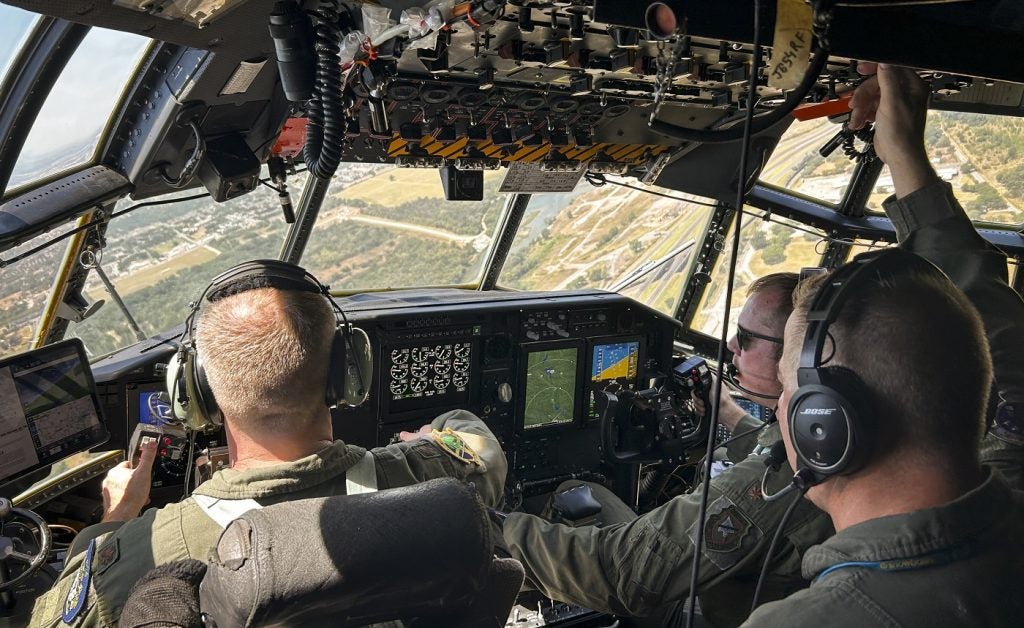Russian President Vladimir Putin has said he has sent military jets armed with hypersonic missiles to patrol the airspace over the heavily contested Black Sea following talks with Chinese President Xi Jinping yesterday (18 October).
“This is not a threat, but we will exercise visual control – control with weapons – over what is happening in the Mediterranean Sea,” Putin told reporters.
The move represents an escalation in Russia and Ukraine’s Battle of the Black Sea, as exemplified by tweets identified by GlobalData's social media analytics. It has also intensified Moscow-Washington relations, given the increased proximity of the Russian Air Force and US Air Force transiting to and from Israel as the Middle Eastern conflict ramps up.
Putin emphasised that the MiG-31 aircraft, equipped with Kinzhal missiles, “have a range of more than 1,000km at a speed of Mach 9”. With 1,375km separating Israel from the Black Sea, the likelihood of US and Russian military aircraft occupying the same airspace has risen.
Already in the Gulf region is the USS Mesa Verde, an amphibious transport dock, the Bataan, an amphibious assault ship, and the USS Carter Hall, a dock landing ship, TIME reported.
These vessels carry E-2 Hawkeye surveillance planes and F-18 fighter jets, both of which are intended to deter other Middle Eastern parties from engaging in the Israel-Hamas conflict.
Russia’s strategic switch from navy to air force
Putin’s decision to opt for an air-based approach in the Black Sea is partly driven by Russia’s recent naval troubles in the region.
Despite Ukraine lacking a naval fleet, having scuttled its flagship (the Hetman Sahaidachny) in March 2022 to avoid capture by Russia, Kyiv has inflicted considerable damage on Russia’s Black Sea Fleet in recent weeks.
On 22 September, Ukraine landed a missile strike on the Black Sea Fleet’s headquarters in Sevastopol, part of annexed Crimea.
Kyiv’s strategy of asymmetrical warfare, including the use of naval drones, has caused Russia’s Black Sea Fleet to withdraw from Sevastopol and relocate to Novorossiysk port – 381km away on the Black Sea’s eastern coastline.
Russia’s air force strategy is also a result of the Montreux Convention.
Signed in 1938, the Convention empowers Turkey to limit the passage of warships into the Black Sea via the Bosporus Straits. All foreign warships have to notify Turkey prior to passage – 15 days’ notice for non-Black Sea powers, or eight days for Black Sea countries.
Turkish President Erdogan invoked that power on 28 February 2022 – four days after Russia attacked Ukraine.
Our signals coverage is powered by GlobalData’s Thematic Engine, which tags millions of data items across six alternative datasets — patents, jobs, deals, company filings, social media mentions and news — to themes, sectors and companies. These signals enhance our predictive capabilities, helping us to identify the most disruptive threats across each of the sectors we cover and the companies best placed to succeed.











